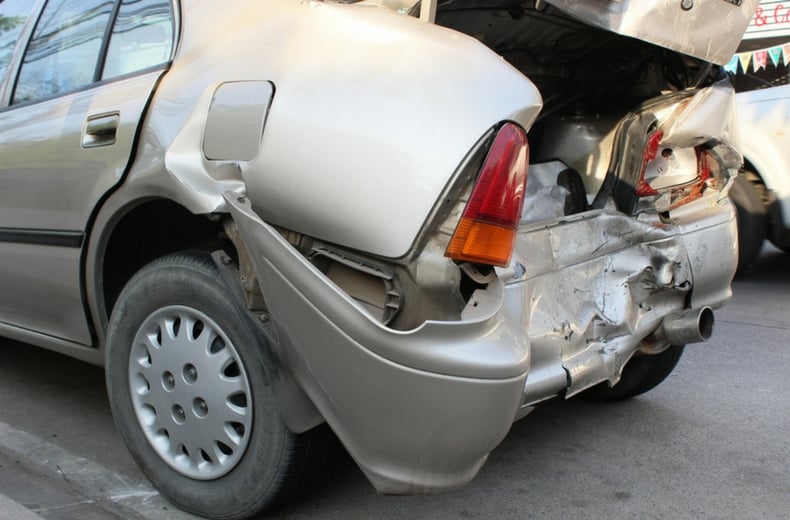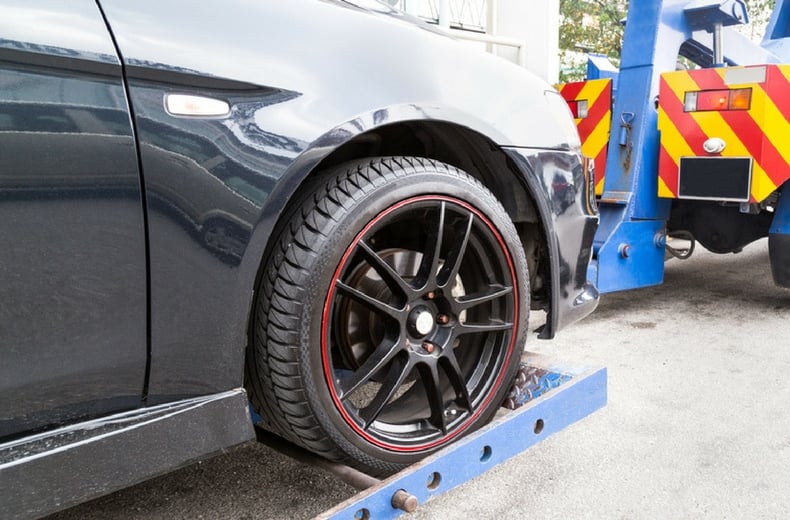Different Categories Of Cars
If you've been involved in a car crash then you might be informed by your car insurance company that your vehicle is what's known as a 'write-off'.
But what exactly does the term 'write-off' mean? Can you legally drive it afterwards? And should you ever buy a 'write-off' car?
Our advice page addresses all of the above and more, with up to date info on the latest changes to the insurance write off categories.
Guide contents
- What is an insurance write off?
- Why do cars get written off?
- What do the different categories mean?
- Category A
- Category B
- Category S (formerly Category C)
- Category N (formerly Category D)
- What does an insurance company do with your write-off?
- Buyer beware
What is an insurance write-off?
An insurance write-off is industry jargon for a car that's either: sustained so much damage it's unsafe to go back on the road, or it is still safe to drive but is beyond economical repair.
If your car has been deemed unsafe, then instead of being repaired the owner will receive a cash payout for the loss.
An uneconomical repair, however, is based on a repair-to-value ratio which can be different for each insurance company and car.
So, if your vehicle was worth £5,000 and your insurance company used a repair-to-value ratio of 60%, the vehicle would be considered beyond economical repair if the work needed exceeded £3,000.
Car insurance companies employ vehicle assessors to calculate the cost of repairs and make this judgement.
They will inspect the overall condition of your vehicle and analyse the collision damage.
Why do cars get written off?

Car insurance companies work to strict guidelines. They have a duty to return a car to the condition it was in before the accident.
However, this can be expensive: it dictates which workshops and parts might be used.
All this is factored into the calculations insurance assessors use, so costs can soon rise.
This is why write-offs do not always have to be particularly serious and you might be left surprised to know find out that your car, having only sustained seemingly minor cosmetic damage, is still classed as a 'write-off'.
If a car is new, a simple cosmetic scrape along one side can see it declared a write-off by the assessor: the expense of repairing and painting the panels can exceed the vehicle's actual value, even if there is no serious structural damage.
This is why there are different categories of write offs so people know whether they can still buy and sell a type of written off car.
Car insurance write-off categories explained
Car insurance assessors use various categories of car insurance write-off to rank the seriousness of accident damage.
Up to 1 October 2017, the four categories used included A, B, C, D, whereby the level of damage would decrease in severity by category, starting from A.
After review, the ABI has updated the salvage code, in order to shift focus away from the mere cost of repair and instead highlight structural issues that affect safety.
The categories are now A, B, S and N.
Category A (unchanged)
Scrap only. For cars so badly damaged they should be crushed and never re-appear on the road. Even salvageable parts must be destroyed.
Category B (unchanged)
Body shell should be crushed. Signifies extensive damage, although some parts are salvageable.
Should never re-appear on road, although reclaimed parts can be used in other road-going vehicles.
Category S (formerly Category C)
The new Category S means the vehicle has suffered structural damage.
This could include a bent or twisted chassis, or a crumple zone that has collapsed in a crash.
Category S damage is more than just cosmetic, therefore, and the vehicle will need to be professionally repaired.
Also, it won't be safe to drive until then.
Category N (formerly Category D)
Vehicles graded accordingly haven't sustained structural damage, so the issue may be cosmetic, or a problem with the electrics that isn't economical to repair.
Don't assume such vehicles are drivable, however; non-structural faults may include brakes, steering or other safety-related parts.
- Buying or selling an insurance write-off
- How to spot whether your car's mileage has been clocked
- How to reduce the cost of insurance for new drivers
What does an insurance company do with your write-off?

The ABI Salvage Code dictates that Category A and Category B cars should be crushed, with Cat B vehicles allowed to donate some safe and serviceable parts.
However, write-offs in the latter two categories can be sold on by the insurance company, either to the original owner or to a third party via a car salvage company.
Cars written off as a Category S case, must have a Form V23* submitted by the insurer, self-insurer or agent to DVLA as soon as the categorisation decision is made and without waiting for V5.
However, it is the responsibility of the keeper to notify DVLA when a vehicle is passed to an insurer following a total loss payment.
No notifications are made to the Driver and Vehicle Licensing Agency (DVLA) or VOSA when a car is written off in a Category N situation.
Cars in the latter two categories can sometimes represent a bargain, if they are priced accordingly.
An older car can be repaired to an acceptable standard at a lower cost than that dictated by an insurance company's standards – especially if used parts or cheaper labour are used.
Buyer beware
Some sellers try to pass off Category S or Category N cars as non-damaged motors by hiding their past.
If the buyer does not carry out a vehicle history check, they might not be aware the car has previously been damaged and so could pay over the odds for an insurance write-off.
Suffering an accident that leads to a vehicle write-off is distressing, but unwittingly purchasing a written-off vehicle and paying more than market value for it is painful too.
Make sure you know how to interpret the jargon and are fully aware of a vehicle's past so you don't get caught out by an unscrupulous seller with an RAC Vehicle Check.
Want more useful content like this sent straight to your inbox?
Subscribe here
Source: https://www.rac.co.uk/drive/advice/know-how/what-is-an-insurance-write-off/


Tidak ada komentar: